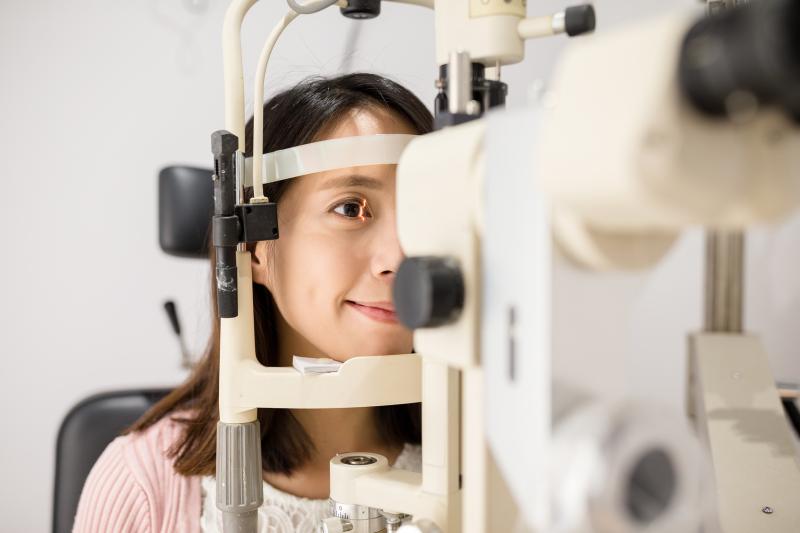New applanation tonometer more accurate than current reference for myopic patients postsurgery





A novel version of the Goldmann applanation tonometer (GAT) can be used as a more accurate measurement device for myopic patients after laser assisted in situ keratomileusis (LASIK) surgery in place of the current reference tonometer, according to a new study.
“[W]e have designed a new version of the applanation tonometer that could be used after LASIK instead of the current tonometer reference,” the researchers said. “This provides a new applanation tonometry option that is appropriate for supporting the diagnosis of ocular hypertension….”
This study examined the agreement between intraocular pressure (IOP) measurements taken with the GAT and a new experimental applanation tonometer with a convexly shaped apex (CT) following myopic refractive surgery.
The researchers designed two different CT radii (CT1 and CT2) with a finite element analyser and conducted a prospective double-masked study on 102 eyes from 102 patients. They calculated a Bland-Altman plot and intra-class correlation coefficient (ICC) to examine the agreement between GAT measurements and those of both CT1 and CT2 before and after LASIK (n=73) and photorefractive keratectomy (PRK; n=29). Two subgroups (n=36 each) were evaluated for intra- and inter-observer (IA/IE) error.
The best IOP agreement from the whole cohort was seen between GATpre and CT1post surgery (16.09±2.92 vs 16.42±2.87; p<0.001; ICC, 0.675, 95 percent confidence interval [CI], 0.554–0.768). GATpre and CT1post also demonstrated the highest agreement in the analysis of LASIK vs PRK; however, LASIK measurements (ICC, 0.718, 95 percent CI, 0.594–0.812) were more accurate than PRK (ICC, 0.578, 95 percent CI, 0.182–0.795). [Sci Rep 2020;10:7053]
In addition, IA/IE showed excellent agreement, and an ICC >0.8 was observed in all cases. CT1 was shown to be more accurate in the LASIK subgroup.
“[O]ur device has demonstrated good agreement between GAT and CT1post in the LASIK subgroup and thus minimizes the effect of the loss of central tissue in this type of surgery,” the researchers said.
“The IA/IE results also indicate that there were no significant differences between observers, and therefore it could be a reproducible and convenient alternative for any ophthalmologist and suitable for a currently very frequent and specific patient profile,” they added. [Ophthalmology 1998;105:932-940]
Additionally, both pre- and postsurgery tissue characteristics must be considered when IOP measurements are taken into account in postsurgery corneas, according to the researchers, noting that although postsurgery measurement is expected to be close to those prior to the procedure, a range of known variability can be assumed since tonometry is not personalized.
Furthermore, not all ophthalmologists have access to the most accurate options for measuring IOP in patients. Thus, this new option could provide a solution and make it available for universal use, the researchers said.
“Notwithstanding, new studies will be necessary to confirm the data analysis, make comparisons with other tonometers, and verify whether CT could also be used in patients with hypermetropic laser refractive surgery, keratoconus, or after corneal transplantation,” they noted.